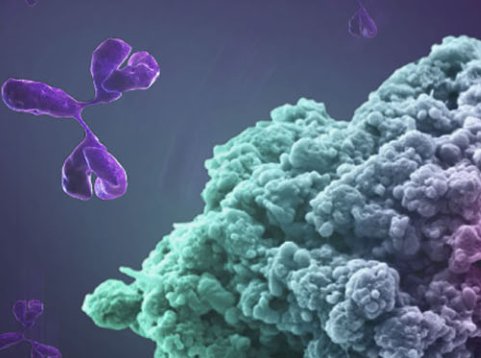Explore into Pharmacokinetics/pharmacodynamics (PK/PD) of Antibody Drugs

In the past few decades, both pharmaceutical companies and academia have spent much financial resources and energy to improve the practicability and accuracy of in vitro screening technology that can test the biological activity and physicochemical properties of compounds. However, the study of potential drug candidates in animal models remains disposable.
FDA, NMPA, and other regulatory agencies require that before the drug enters the clinic, its effectiveness and safety must be assessed in animals. An animal, whether a rat, a dog, a monkey, or even a human, is a complex biological system. At present, there is no in vitro screening method or combined method that can mimic and reflect the complexity of the entire organism. Therefore, it is indispensable to use animal models to evaluate the effects of candidate drugs on humans and diseases.
Classification of tumor animal models
Mouse xenograft tumor model
Among the tumor disease models, the mostly used is the mouse xenograft tumor model that utilizes specific mice, such as SCID, NSG, B-NDG mice, and other conventional immunodeficiency or severe immunodeficiency mice, which cannot produce immune attacks on foreign cells.
* CDX (Cell-line-derived Xenograft) model: Standardized cancer cell lines are used for modeling. The cells are easy to obtain but have drawbacks that they cannot represent the original clinical tumor.
* PDX (Patient-derived Xenograft) model: Tumor tissue or cells obtained from tumor patients with the characteristics of clinical tumors.
Most antibody drugs kill tumors by mediating the immune system, so to evaluate their effectiveness, it is necessary to reconstitute an animal model of the human immune system (including DC, B, T, and NK).
Mouse allograft tumor model
The disadvantage of the xenotransplantation model is that the use of immunodeficient mice for modeling may result in the rejection of the immune system caused by cross-species transplantation. The allograft tumor model allows researchers to use a mouse model with a sound immune system but requires the mouse tumor cell lines for modeling studies. The fully functional immune system makes the allograft model better than the xenograft model to simulate the real situation of cancer.
* Wild mouse allotransplantation model: mainly used in the pharmacological and pharmacological study of Surrogate antibody.
* Genetically modified/humanized mouse model: for the study of humanized antibodies.
Research on the Biomarkers of Antibody Drugs Using Genetically Humanized Mice
The core of PD/PK evaluation is the determination of suitable biomarkers.
1. Target biomarkers
2. Mechanism biomarker: detection of the tumor microenvironment (biomarker profiling)
* Changes in the number, location, and status (e.g., activation, dysfunction) of immune cells in the tumor
* Changes in the number of tumor cells and status
3. Toxicity biomarkers
The study of metabolism of antibody drug using genetically humanized mice is different from that of small molecule drugs. The factors that affect antibody pharmacokinetics are:
* Fcγ receptor
* FcRn cycle
* Absorption and metabolism
* Immunogenicity
* TMDD (target-mediated drug disposal)
What's Your Reaction?


















.jpg)
.jpg)


